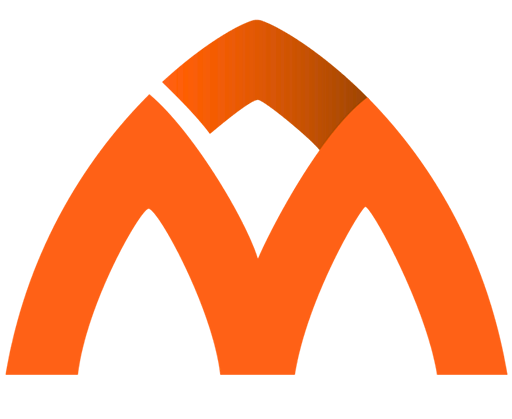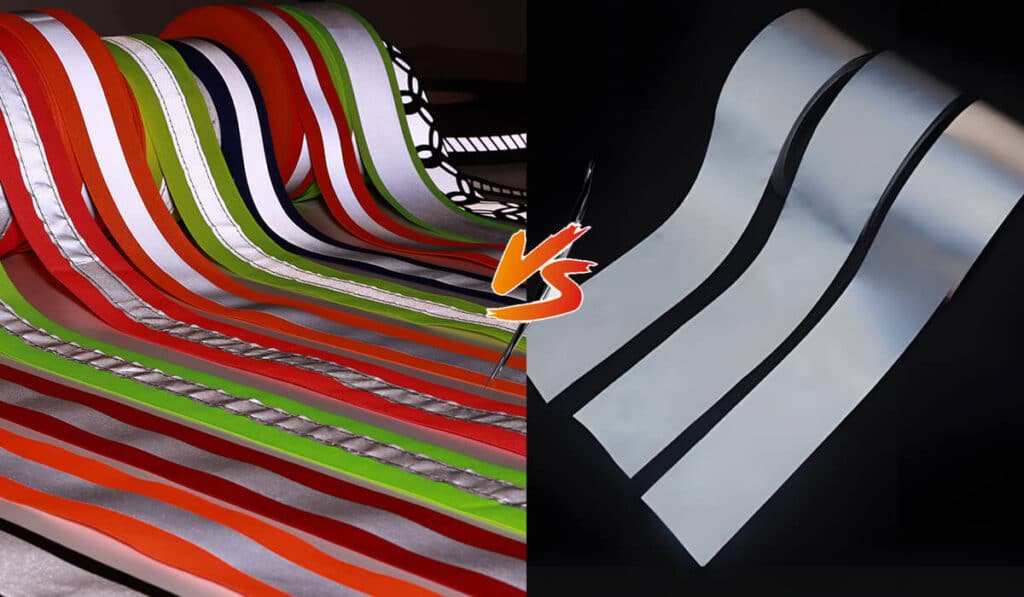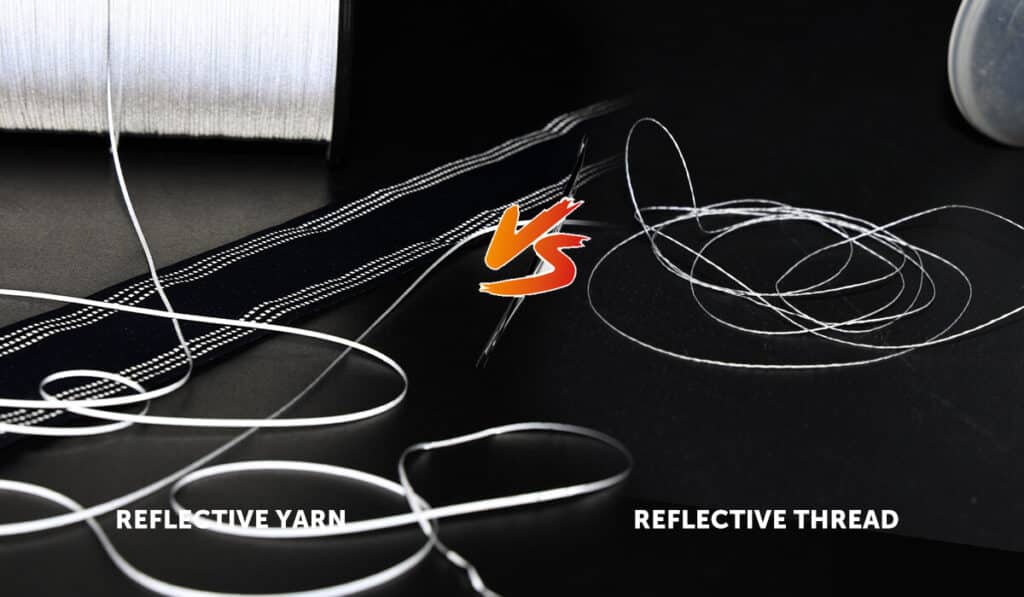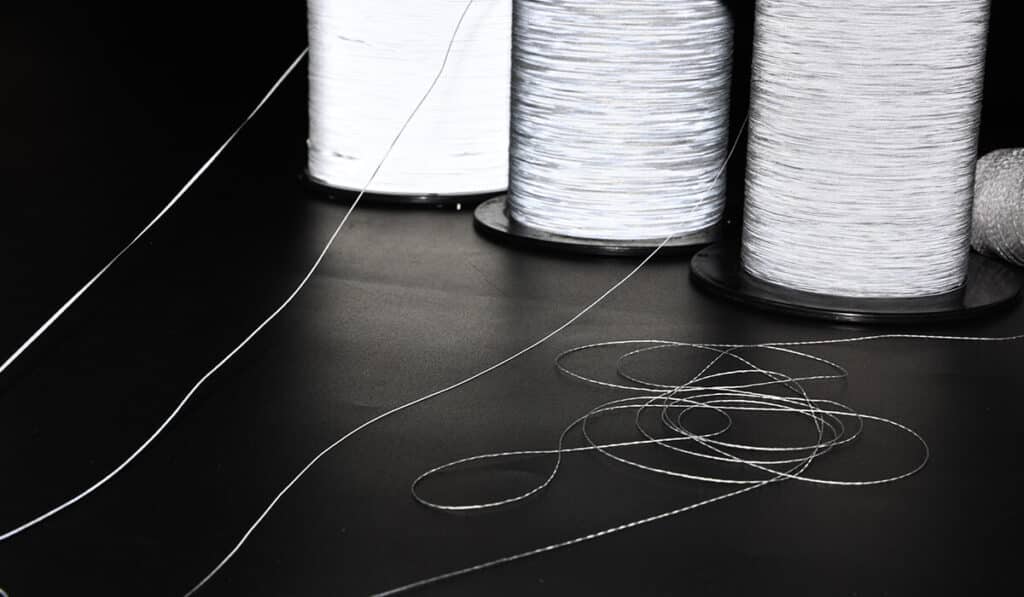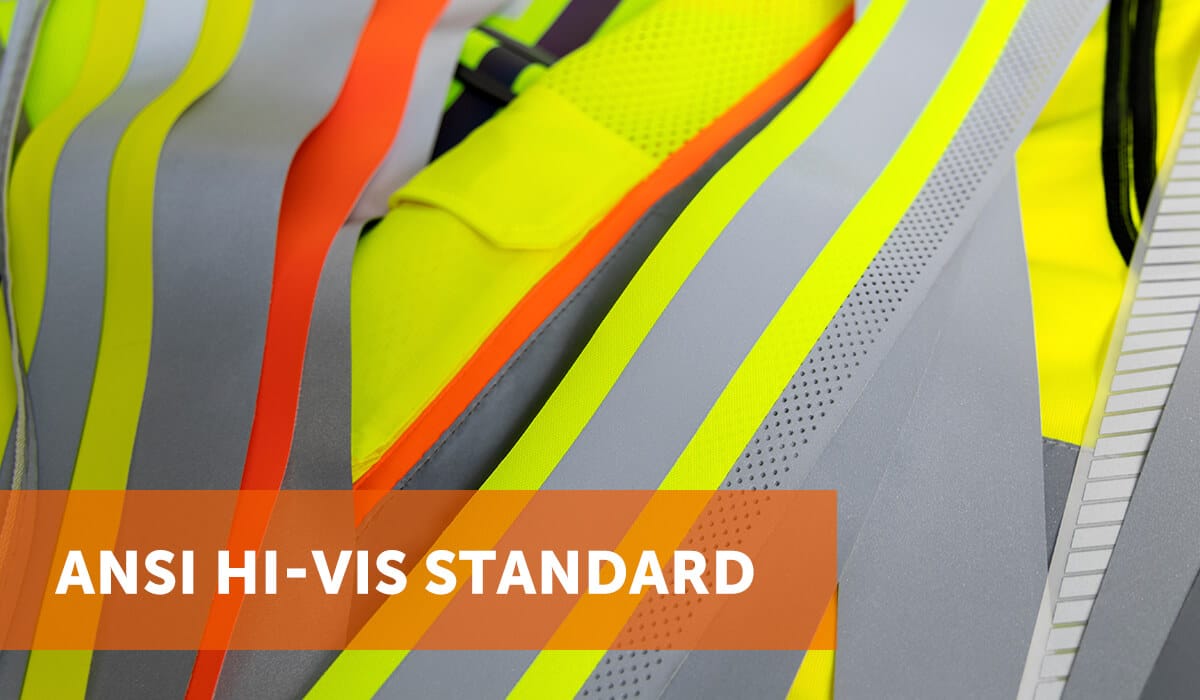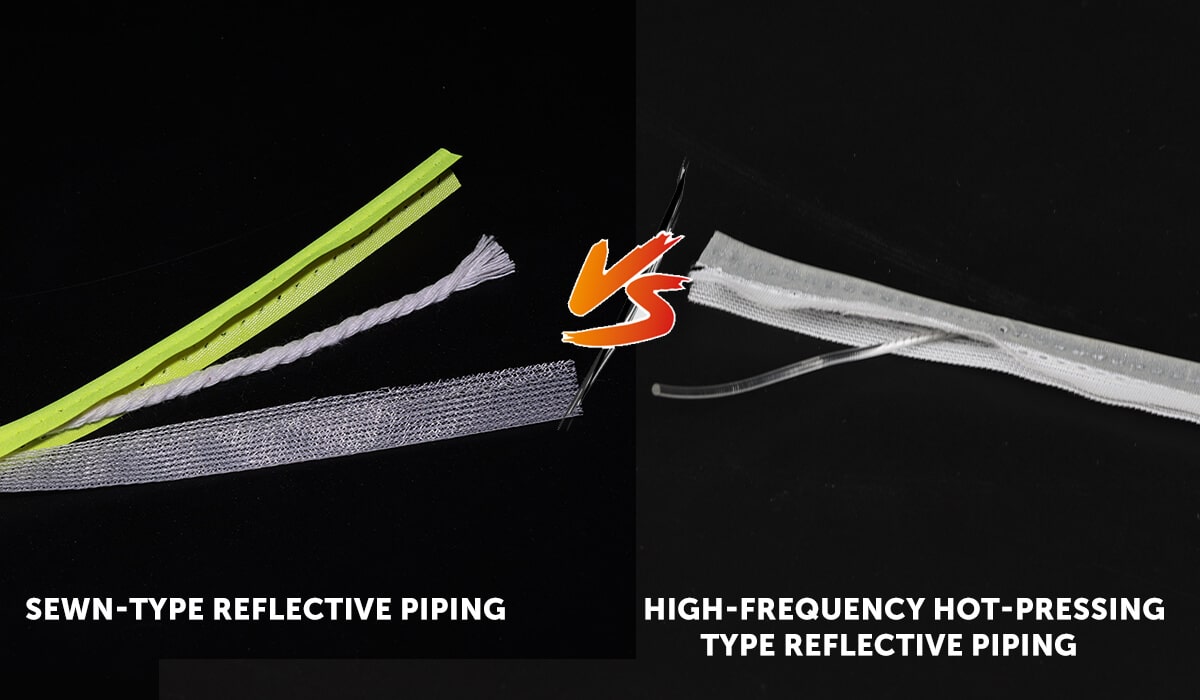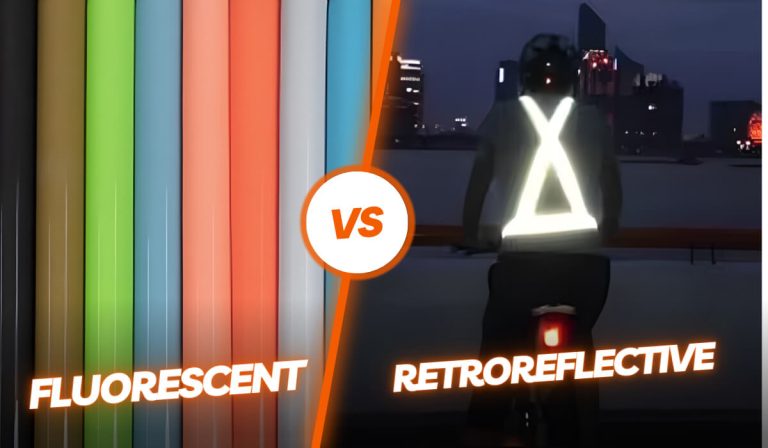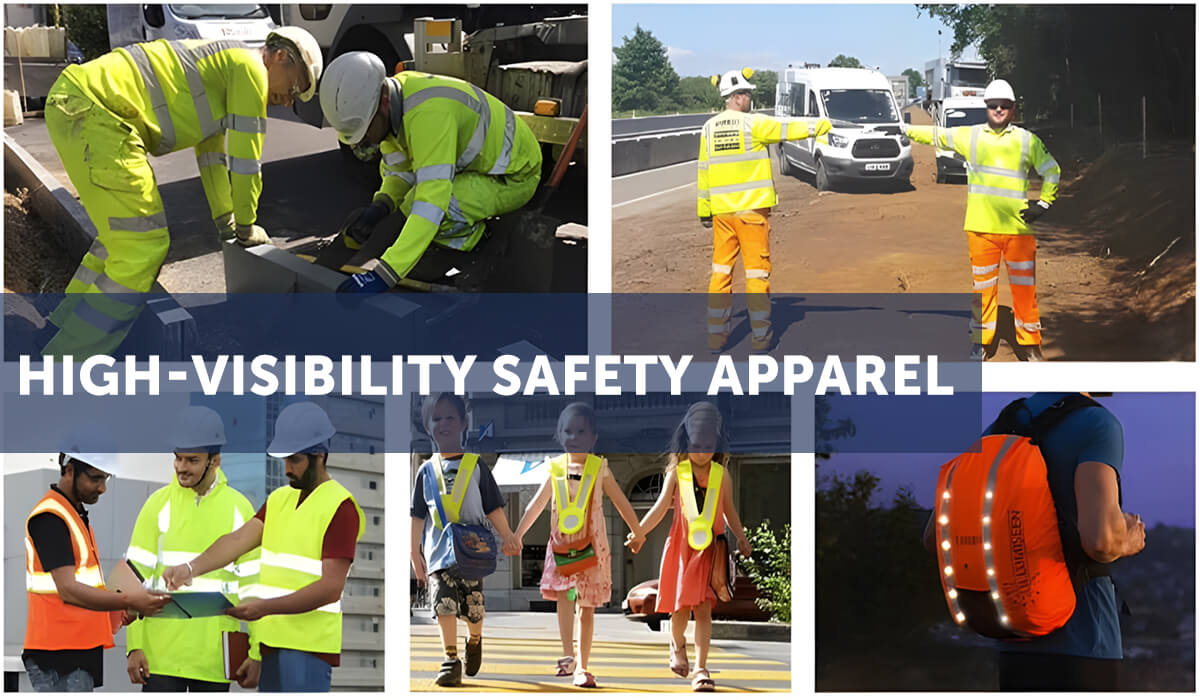What is retroreflective material?

MAX Reflective Accessories Design Director
Have you ever wondered why road signs or safety vests are so bright at night? This special material is called “retroreflective material”, which is a special surface that reflects light back to its point of origin. This makes it visible even in the dark and from a long distance.
It is widely used in safety clothing, road signs, vehicles, and even fashion.
But how does it work? How is it different from other reflective materials? In what areas is it usually used? This article will explore these questions to get a comprehensive understanding of retroreflective materials.
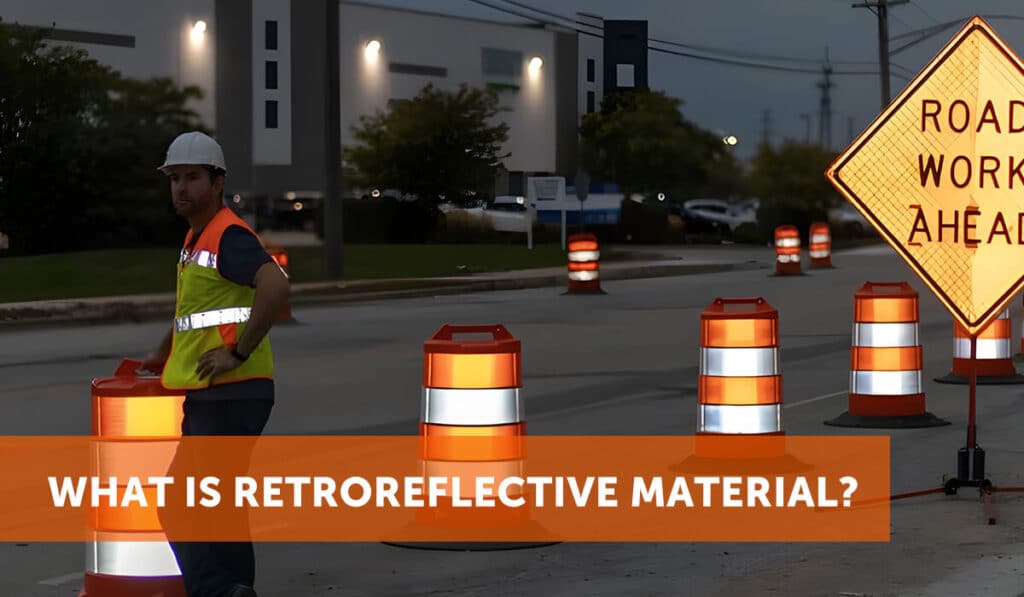
What is Retroreflective Material?
Retroreflective material is a type of surface that reflects light back to its source, helping people see objects more clearly in low-light conditions. Unlike regular reflective surfaces, such as mirrors, that bounce light in different directions, retroreflective surfaces send the light straight back to its source. This makes objects appear brighter when lit by headlights, flashlights, or other sources of light.
These materials utilize tiny glass beads or microprisms to reflect light. Glass beads bend and redirect the light. In contrast, microprisms utilize small, triangle-shaped mirrors to send the light back directly. Microprismatic materials are usually brighter and work better than glass bead types.
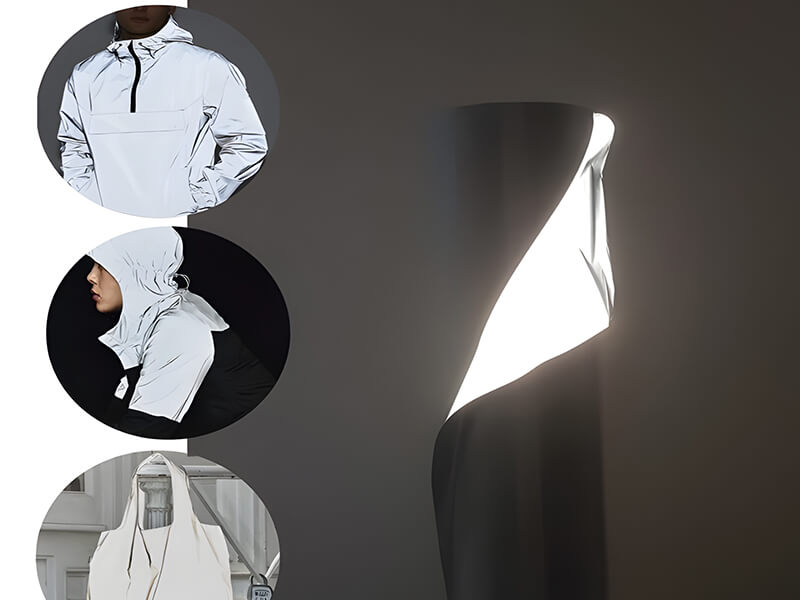

Types of Retroreflective Materials
Retroreflective materials come in various forms, each tailored to specific needs, environments, and levels of reflectivity. Common types include glass beads, microprismatic materials, high-index beads, and advanced materials used by companies like MAX. Each of these materials has unique features that help enhance visibility, safety, and durability. Let’s take a closer look at each one.
Glass bead-based retroreflective materials
These materials use tiny transparent glass beads embedded into a surface, often with a reflective backing. As light enters the bead, it bends and reflects off the back, returning to its source. While not as bright as prismatic materials, glass bead technology is flexible, cost-effective, and widely used in:
- Safety vests
- Road markings
- Traffic signs
- Clothing and accessories
They are ideal for general-purpose visibility where flexibility and affordability are key considerations.
Microprismatic retroreflective materials
This type uses engineered microprisms—tiny, angled triangles that reflect light with high efficiency and brightness. They offer:
- Brighter reflection
- Greater visibility over long distances
- Superior durability and weather resistance
Due to these properties, they are used in:
- High-visibility clothing
- Emergency and utility vehicle markings
- Durable road and highway signs
- Marine and outdoor applications
The downside is that they can be stiffer and more expensive than bead-based options.
High-Index beads and advanced materials
Some high-performance retroreflective materials use high-index glass beads, which bend and reflect light more effectively than standard beads. These are often used in:
- Reflective sportswear and fashion
- High-performance safety gear
- Reflective tapes and trims
Additionally, new materials developed through specialized manufacturing processes, such as those from companies like MAX, enhance reflectivity, flexibility, and durability for demanding applications.
Combined technologies
Modern retroreflective materials sometimes combine glass beads and microprismatic technologies. This hybrid approach balances cost, flexibility, and brightness, making it suitable for:
- Athletic wear
- Curved or complex vehicle surfaces
- Specialized uniforms and safety gear
The Difference Between Reflective and Retroreflective
Choosing the right retroreflective material
Selecting the right retroreflective material ensures maximum visibility, durability, and performance for your specific needs. Retroreflective materials are utilized in various applications, including workwear, road signs, and vehicles. Here are the key factors to consider when choosing the right material for your purpose:
1. Visibility Level
The primary function of retroreflective materials is to enhance visibility in low-light conditions. Depending on your application, the material’s level of reflection should be appropriate:
- High-Visibility Materials: Microprismatic materials provide superior retroreflection and are best for high-risk applications, such as construction workwear and emergency vehicles. They are highly effective at night or in poor visibility conditions.
- Standard Visibility Materials: Glass bead materials are suitable for less critical applications, such as sportswear or streetwear, where extreme visibility is not a primary concern.
2. Material Type
The type of retroreflective material impacts its performance and suitability for different uses:
- Glass Beads: These are affordable and commonly used in work uniforms, safety vests, and traffic signs. They reflect light effectively and are durable, making them cost-effective for general use.
- Microprismatic Materials: These materials are more efficient at reflecting light and are typically used in high-visibility clothing, emergency vehicles, and road signs that need long-distance visibility, especially in harsh conditions like rain or fog.
- High-Index Beads: Offering better reflectivity than glass beads, these are ideal for road signs or vehicle markings that need to be visible in a variety of weather conditions.
3. Durability
Durability is a critical factor, especially for applications exposed to harsh conditions, such as outdoor workwear or vehicle markings:
- Weather-Resistant Materials: For outdoor use, choose materials that are water-resistant and can withstand harsh weather conditions without losing reflectivity.
- Abrasion-Resistant Materials: In industries where the material will face physical wear, such as construction, abrasion-resistant materials are essential for maintaining performance over time.
4. Intended Use
The best material for your retroreflective needs will depend on its intended application:
- Clothing and Workwear: For high-visibility workwear, choose microprismatic materials or high-index beads for maximum visibility and durability, particularly in high-risk environments like construction zones. Glass beads are suitable for general industrial workwear.
- Road Signs and Markings: Microprismatic materials are ideal for traffic signs and road markings that need to be visible from a distance and under various weather conditions.
- Vehicles: For vehicle markings, retroreflective films with microprismatic or high-index beads ensure visibility even from a distance and during poor weather conditions. These materials are also durable enough to withstand exposure to road debris and harsh elements.
5. Customization Needs
If you require specific designs, logos, or color patterns, ensure the retroreflective material can be customized. Many materials can be screen-printed or heat-transferred, allowing for branding or design needs without compromising reflectivity.
6. Regulatory Requirements
Ensure that the chosen material meets industry-specific standards and regulations for safety and performance.
7. Budget
Cost is an important consideration. Glass bead materials are more affordable, while microprismatic materials offer higher performance at a higher price point. Consider the balance between performance and cost based on the needs of your application.
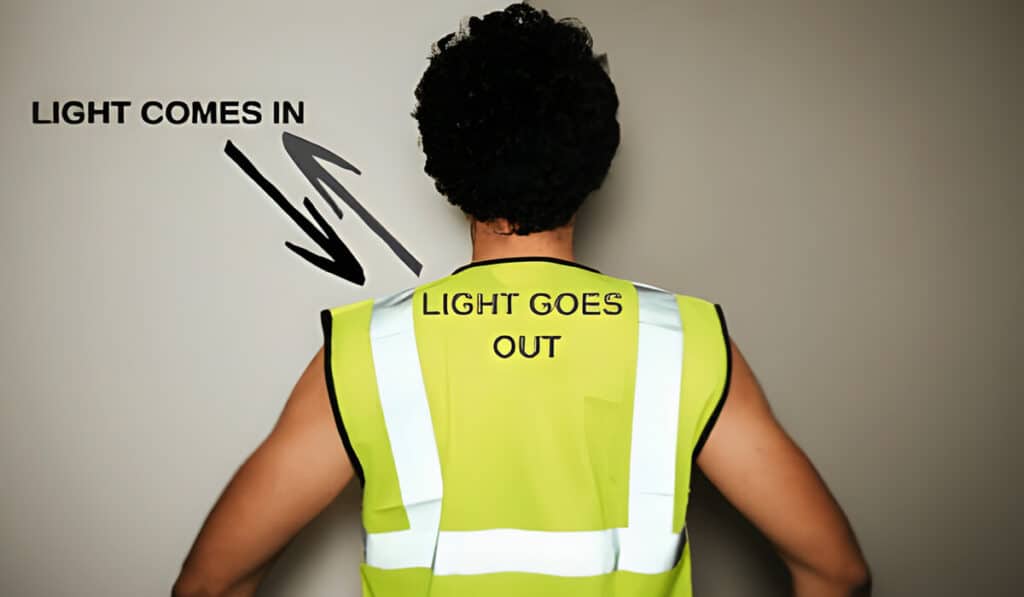
Conclusion
Retroreflective materials are fundamental to modern safety and visibility solutions. Their ability to reflect light to its source, even in the darkest conditions, makes them indispensable in a variety of applications such as traffic systems, personal protective equipment, industrial equipment, and more. With the continuous development of materials such as glass beads, prismatic films, and hybrid options, retroreflective technology is becoming increasingly advanced, offering improved performance, durability, and sustainability.
As part of a professional retroreflective material manufacturer in China, MAX REFLECT, we’ve explored how these materials work, where they are used, and the benefits they provide. From enhancing safety on the road to adding visibility in fashion, retroreflective materials play a critical role in keeping individuals safe, especially in low-light environments.
If you’re interested in incorporating retroreflective materials into your products, now is the perfect time to explore the possibilities. Whether for safety gear, signage, or fashion, retroreflective materials offer both functionality and style. Reach out to us at MAX REFLECT, and let’s discuss how our high-quality retroreflective materials can work for your needs.

Related blogs

Related products

Reflective Heat Transfer Vinyl

PVC Reflective Tape

